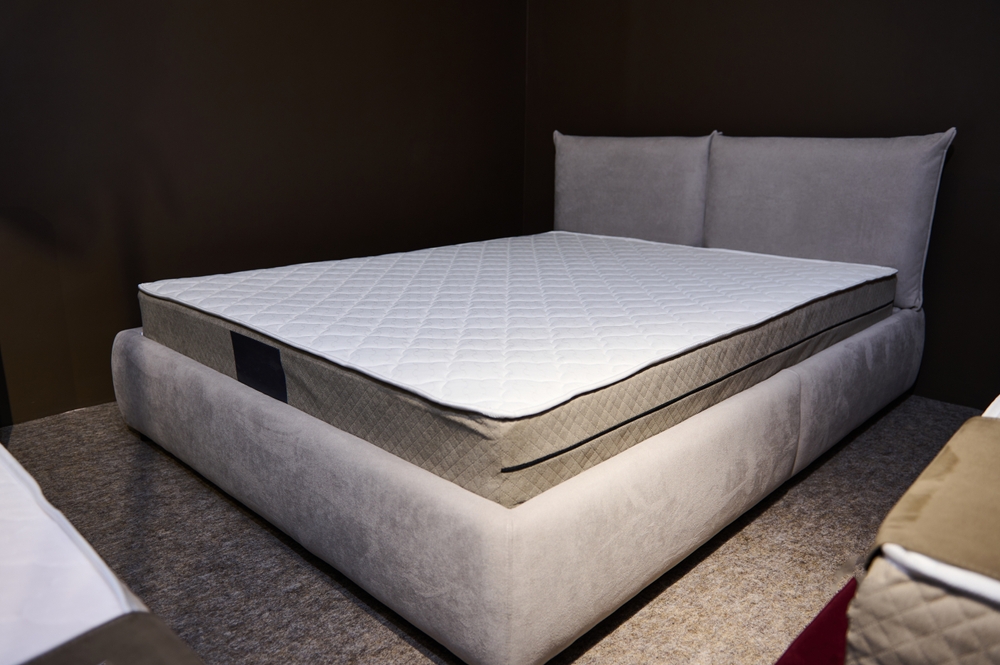Modern Beds: From Simple Frames to Smart Sleep Systems
Discover how beds have transformed from basic sleeping platforms into integrated sleep systems that blend comfort, design, and technology. Learn about smart beds, mattress types, coordinating bedroom furniture, essential bedding components, and price ranges to help you choose the ideal bed for better sleep and a stylish bedroom.

Smart Bed Technology Transforms Rest
Today’s beds are no longer just passive surfaces — they are active contributors to sleep quality. Smart beds incorporate features such as temperature control, sleep monitoring, and automatic position adjustment to respond to your nighttime needs. Many models track movement, heart rate, and breathing patterns to analyze sleep stages and offer personalized insights. Advanced units can change firmness or incline throughout the night to reduce pressure points and minimize disruptions from a partner’s movements.
Integration with smart home ecosystems is increasingly common: beds that connect to voice assistants or home automation hubs let you raise the head, adjust temperature, or start a wake routine with simple commands. Some manufacturers also offer companion apps that store sleep data, suggest adjustments, and synchronize with other wellness devices. These innovations make it easier to optimize sleep without constant manual tweaking.
Selecting the Right Mattress for Your Frame
The mattress you pair with a frame largely determines comfort and support. Memory foam mattresses conform closely to the body, offering excellent pressure relief and limiting motion transfer, which is useful for couples. Hybrid options combine an innerspring core with comfort layers to deliver responsive support and contouring comfort. Latex mattresses provide bounce, durability, and natural cooling properties, appealing to sleepers who prefer a more buoyant feel. Traditional innerspring mattresses remain a choice for those who favor a familiar, springy sensation with varied comfort levels.
Choosing a mattress should consider sleeping habits and body type. Side sleepers often benefit from softer surfaces that cushion shoulders and hips, while back and stomach sleepers typically need firmer support to maintain spinal alignment. Heavier bodies may require denser support layers to prevent excessive sinkage. Try to test mattresses when possible, check trial periods and return policies, and weigh factors such as temperature regulation and motion isolation against personal preferences.
Coordinating Bedroom Furniture and Visual Style
A bed anchors the bedroom’s aesthetic and should harmonize with surrounding furniture. Balance the scale of nightstands, dressers, and armoires with the bed’s dimensions so the room feels cohesive rather than crowded or sparse. Contemporary bedrooms often favor streamlined, minimalist sets, while traditional spaces rely on ornate headboards and matching casegoods.
Headboard choices strongly influence the room’s tone: a padded, upholstered headboard introduces softness and comfort; a sleek wooden or metal headboard enhances a modern, structured look. Functional headboards with built-in lighting, shelves, or concealed storage add utility without sacrificing design. Consider finishes, textures, and color palettes that complement existing décor and create the atmosphere you want for restful evenings.
Essential Bed Components for Comfort and Longevity
A well-built sleep setup goes beyond mattress type. Foundations or box springs provide the support needed to maintain mattress performance and prevent premature sagging. Platform beds can eliminate the need for a separate foundation by offering integrated slats or solid bases. Mattress protectors shield against spills, stains, and allergens, extending product life and preserving hygiene.
High-quality sheets, pillows, and comforters complete the system. Natural fibers like cotton and linen are breathable and comfortable, while modern synthetic textiles often include moisture-wicking and temperature-regulating properties. Pillow choice should reflect your sleeping position and firmness needs — a supportive pillow helps keep the neck aligned with the spine. Rotating or flipping mattresses as recommended and using appropriate foundations will help maintain comfort over years of use.
Popular Bed Types and Price Comparisons
| Bed Type | Features | Average Price Range |
|---|---|---|
| Basic Platform Bed | Low-profile frame, no box spring required | $200-600 |
| Storage Bed | Built-in drawers or hydraulic lift for under-bed storage | $800-2,000 |
| Smart Bed | Sleep tracking, adjustable positions, app and connectivity | $1,500-5,000+ |
| Luxury Canopy Bed | Four-poster or canopy design, premium materials | $1,000-3,500 |
| Adjustable Base | Multi-position recline, sometimes with massage features | $1,200-3,000 |
Prices, rates, or cost estimates mentioned in this article are based on the latest available information but may change over time. Independent research is advised before making financial decisions.
Making the Right Bed Choice for Your Needs
When selecting a bed, weigh practical factors alongside aesthetic ones. Think about the room size, storage needs, and whether features like adjustability or smart connectivity will genuinely improve your sleep and daily routine. If you share the bed, prioritize motion isolation, partner-adjustable settings, or split bases so each person can tailor their side.
Budget is important, but investing in a mattress and supportive base often yields long-term benefits for comfort and health. Take advantage of trial periods and warranties, and read independent reviews to understand real-world performance. For those prioritizing technology, verify interoperability with your existing smart home gear and review privacy practices relating to sleep data.
A thoughtfully chosen bed combines support, comfort, and visual appeal to create a restful sanctuary. Whether you opt for a minimal platform frame or a feature-rich smart bed, the goal remains the same: improved sleep, better daily energy, and a bedroom that reflects your personal style and needs.






